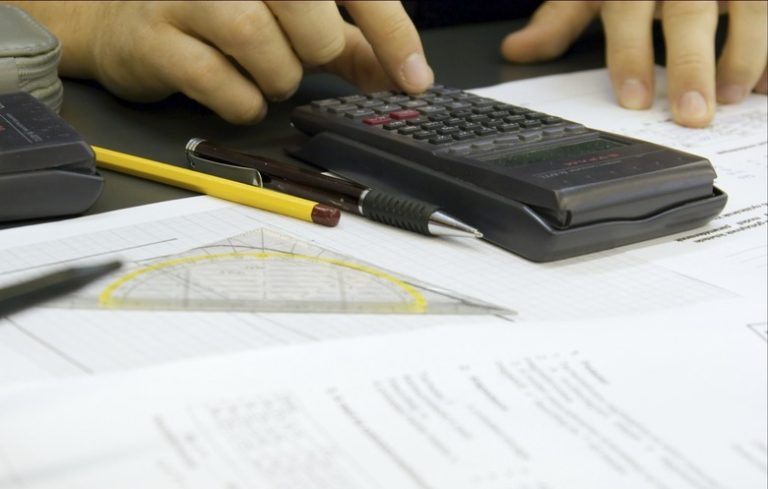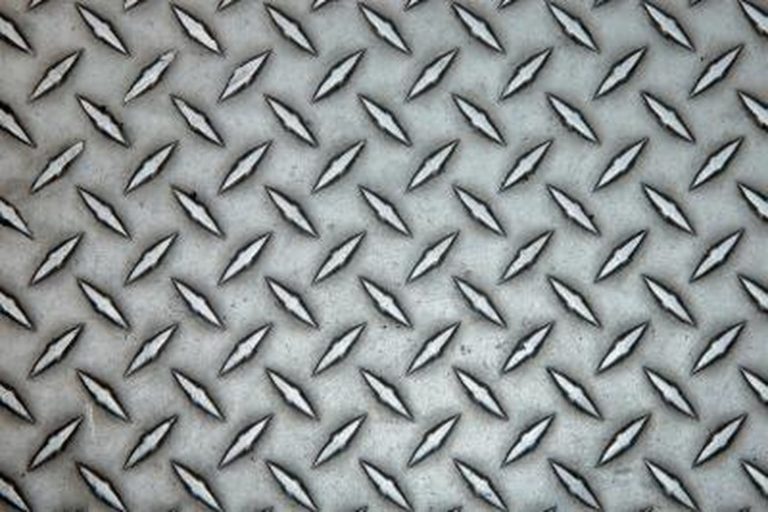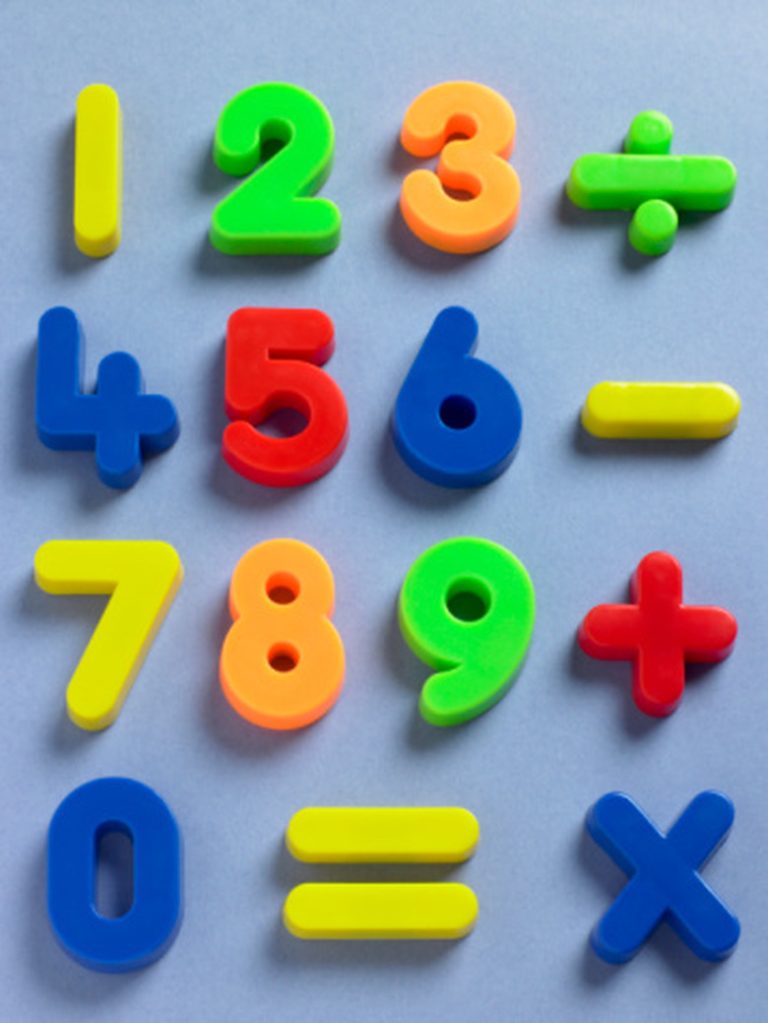Physical Address
Suite 5, 181 High Street,
Willoughby North NSW 2068
Physical Address
Suite 5, 181 High Street,
Willoughby North NSW 2068

Few large mammals enjoy so many common names as the puma (Puma concolor), the second-largest cat in the Americas after the jaguar. This supple and muscular hunter has an enormous range — from the Yukon to Patagonia — which may…

The taiga is situated in between the tundra and temperate biomes and crosses the northern sections of North America and Eurasia. Also called the boreal forest, its landscapes are marked by coniferous trees, shrubs and moss and bodies of water…

If you see the expressions 32 and 53, you might announce with a flourish that these mean “three squared” and “five cubed,” and be able to go about finding equivalent numbers without exponents, the numbers represented by the superscripts to…

The natural world is full of examples of periodic motion, from the orbits of planets around the sun to our own heartbeats. All of these oscillations involve the completion of a cycle, whether it’s the return of an orbiting body…

A polygon by definition is any geometric shape that is enclosed by a number of straight sides, and a polygon is considered regular if each side is equal in length. Polygons are classified by their number of sides. For example,…

Both milliliters (abbreviated “mL”) and milligrams (“mg”) are common units in the SI system of measurement, more commonly known as the metric system. The link between these two units is the density of a substance. Density is a term that…

About eight percent of the Earth’s crust is aluminum, making it the most abundant metal on this planet. However, it is always found combined with various other elements, never by itself in a pure state. Two of the most frequently…

Most of the time, people use percentages to express a fraction or a portion of a whole. In fact, percent literally means “per 100” or “out of 100.” So when you see 25 percent, for example, you could read it…

Elementary math curricula often include a discussion of number properties, specifically the properties of addition and subtraction. The properties of addition and subtraction make it easier to work with numbers by allowing you to regroup them so that an equation…

Calculating average temperatures gives you a more accurate picture of the temperature in a specific location than a single measurement ever could. Temperatures fluctuate throughout the day, over the course of a week, month to month and year to year,…